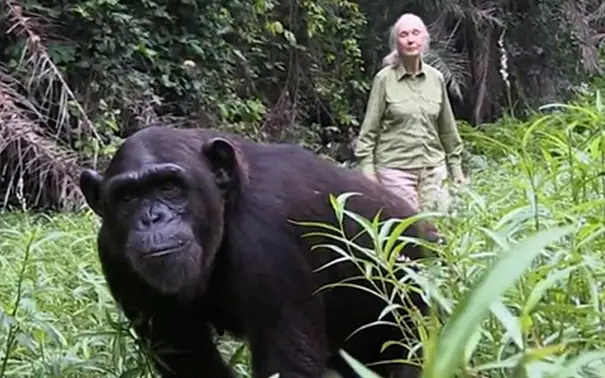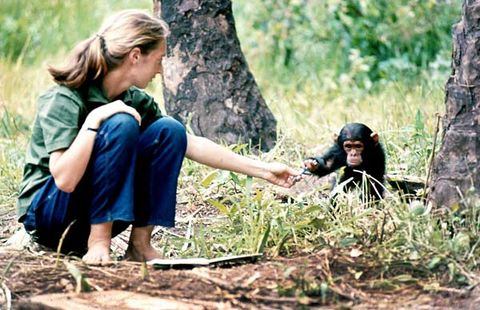

You can also sometimes find reports of chimp attacks on villagers in places like Uganda and Tanzania, often where humans are encroaching on chimp territory to carve out farms. A 2006 freak chimp escape at Sierra Leone’s Tacugama sanctuary (a reputable facility that IPPL has helped support for many years) left one African man dead. news when Africans are the victims, but that doesn’t mean that it never happens. Given our media’s cultural biases, chimp attacks don’t make the U.S. occurred in 2005 (when a man visiting his former pet chimp Moe was viciously attacked by two neighboring males at a California sanctuary) and in 2009 (when a pet chimp named Travis in Connecticut mauled his owner’s friend, leaving her with no face or hands the woman later underwent a face transplant). No wonder that tragedy can strike in less regulated surroundings.

Now I think that experienced chimp researchers recognize that chimps are strong and wily, and that losing a finger is not that unusual in their line of work! And these are folks who know the risks and are often dealing with animals in a captive setting with safeguards-locks and bars-in place to keep people safe. At the time, I was surprised she was allowed to continue to work there after such a lapse. When I was a young intern at a chimp breeding facility many years ago, I knew a fellow-student who was missing a finger after getting too close to a chimp. We witnessed a similar kind of behavior in captivity just last week, with the chimp infanticide at the LA Zoo this also happens in the wild, when adult males sometimes kill infants in their group whom they are fairly certain are not theirs.Īccording to an interview with noted chimp expert Frans de Waal, many chimp researchers lose a finger or two to the animals. In defense of their land, wild adult males have been known to hunt down and kill their own kind. We may never be sure what prompted the males to attack this particular human, but chimps are known to be territorial. Reports vary, but it seems that he lost his toes, ears and left arm in the incident.Īn adult male chimp is five times as strong as a human. Andrew was driven to a South African clinic where he has undergone surgery and is now stable. According to news reports, Oberle was leading a tour group for the first time when he climbed over one boundary fence into a “no-go” zone and got close enough to a second, electrified fence for two adult males, Nikki and Amadeus, to reach underneath and drag him by his feet into their enclosure.Īfter being dragged nearly half a mile and mauled for some 20 minutes, Andrew was found by sanctuary staff, who fired shots to disperse the chimps. Passionate about chimps since childhood, he had volunteered at the sanctuary previously and had been back for a month to pursue his studies. The victim is 26 year old Andew Oberle, an anthropology graduate student at the University of Texas at San Antonio. The animals roam semi-wild in large fenced enclosures. Although chimps are not native to that country, the facility houses orphaned apes who have been rescued from the widespread illegal trade in bushmeat and pets that occurs in many parts of Africa. This time the scene of the tragedy was Jane Goodall’s Chimp Eden sanctuary in South Africa. Chimpanzees are adorable when very young, but they become unpredictable and aggressive as they mature.


 0 kommentar(er)
0 kommentar(er)
